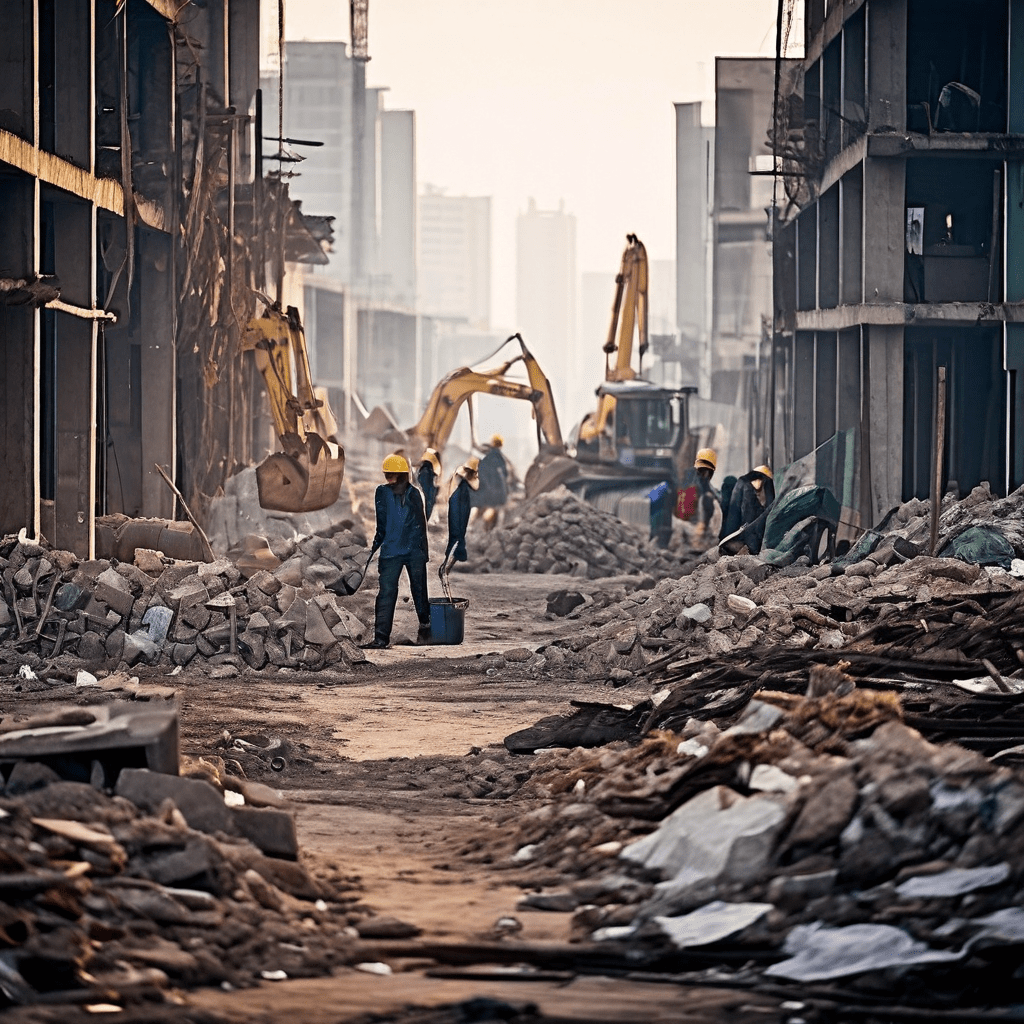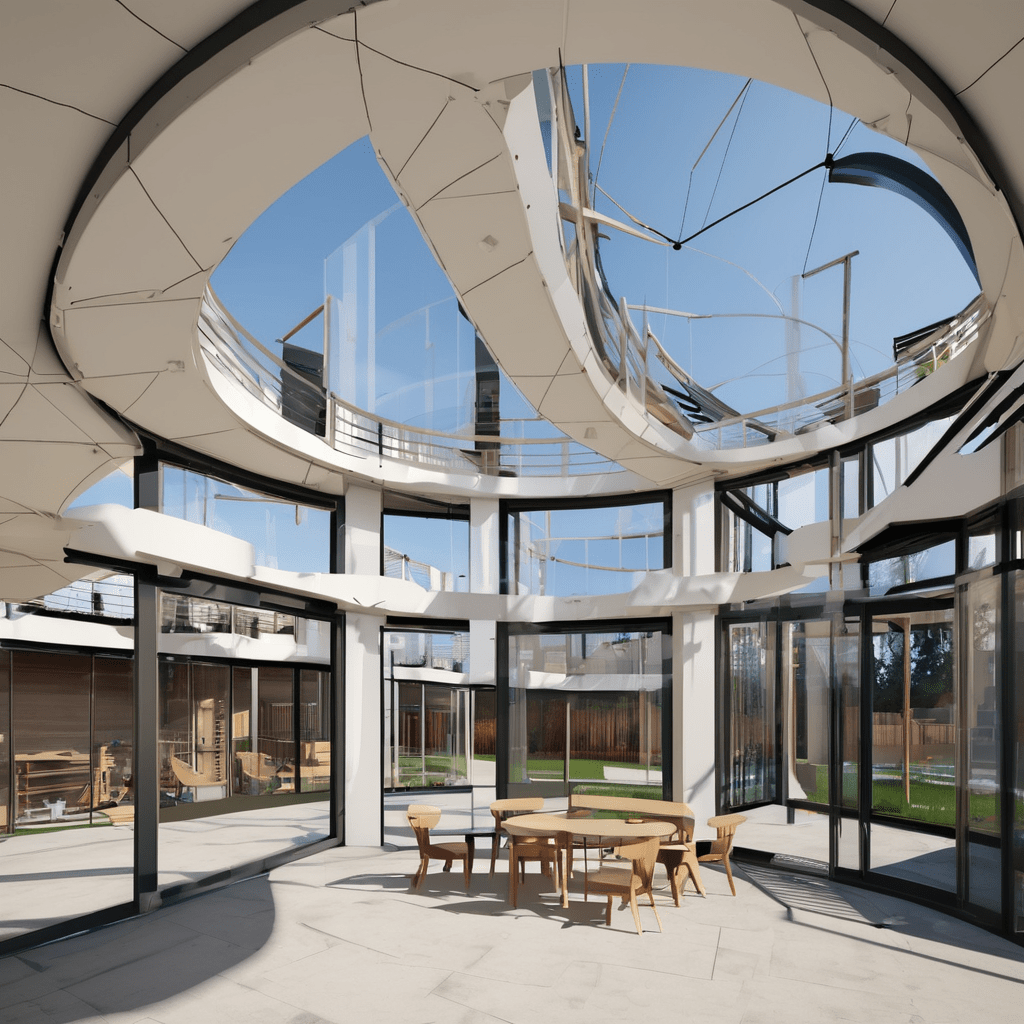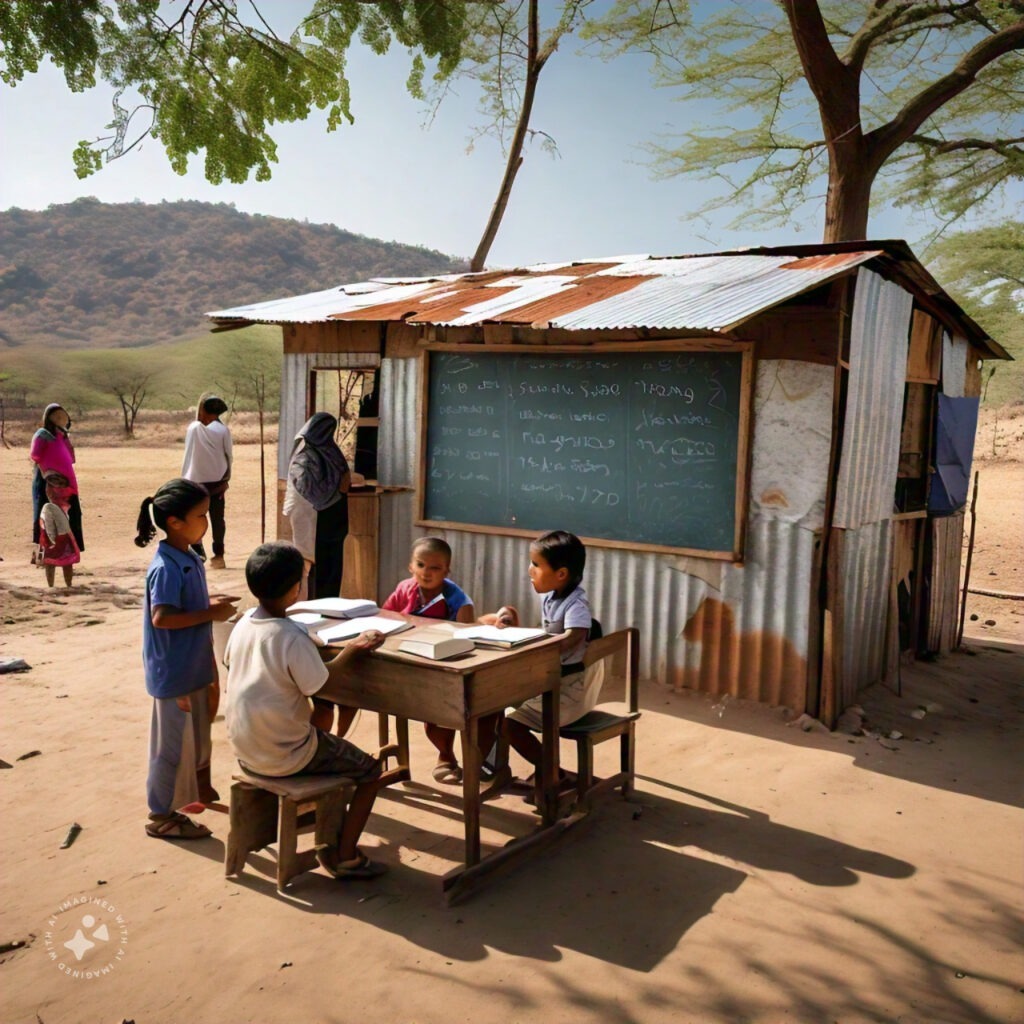Introduction
Pakistan’s construction sector is growing rapidly, but it’s also contributing to environmental degradation and resource depletion. The traditional linear economy model of “take, make, dispose” is no longer sustainable. Circular economy initiatives offer a solution, promoting the reuse and recycling of materials, reducing waste, and conserving resources. In this blog, we’ll explore the current state of circular economy initiatives in Pakistan’s construction sector and highlight opportunities for growth.
Challenges in Pakistan’s Construction Sector
- Resource depletion: Over-extraction of natural resources, such as sand, gravel, and water.
- Waste generation: Massive amounts of waste, including construction materials and debris.
- Environmental degradation: Pollution, deforestation, and loss of biodiversity.

Circular Economy Initiatives in Pakistan’s Construction Sector
- Material recycling: Recycling of concrete, steel, and other materials.
- Waste reduction: Implementing waste reduction strategies, such as reducing packaging and minimizing waste during construction.
- Sustainable materials: Promoting the use of sustainable materials, such as low-carbon cement and locally sourced materials.
- Building design: Encouraging circular design principles, such as designing buildings for deconstruction and reuse.
Material Recycling
- Concrete recycling: Recycling of concrete waste to produce aggregate for new construction projects.
- Steel recycling: Recycling of steel waste to produce new steel products.
- Glass recycling: Recycling of glass waste to produce new glass products.

Waste Reduction
- Waste minimization: Implementing strategies to minimize waste generation during construction.
- Waste sorting: Sorting waste into recyclable and non-recyclable materials.
- Waste-to-energy: Converting non-recyclable waste into energy.

Sustainable Materials
- Low-carbon cement: Using cement with lower carbon emissions.
- Locally sourced materials: Using materials sourced locally to reduce transportation emissions.
- Sustainable wood: Using wood from sustainable sources.
Building Design
- Circular design: Designing buildings with reuse and recycling in mind.
- Modular construction: Using modular construction techniques to reduce waste.
- Deconstruction: Designing buildings for easy deconstruction and reuse of materials.

Success Stories
- Lahore Waste Management Company: Implemented a waste reduction and recycling program, reducing waste by 30%.
- Pakistan Green Building Council: Promoted sustainable building practices, resulting in 20% reduction in energy consumption.
- Local initiatives: Community-led initiatives, such as recycling programs and sustainable building projects, have reduced waste and promoted eco-friendly practices.
Opportunities for Growth
- Government policies: Encouraging policy support for circular economy initiatives, such as tax incentives and subsidies.
- Private sector investment: Encouraging investment in circular economy initiatives, such as recycling facilities and sustainable material production.
- Public awareness: Raising awareness about the benefits of circular economy initiatives through education and outreach programs.
Benefits
- Environmental benefits: Reduced waste, conserved resources, and lower greenhouse gas emissions.
- Economic benefits: Cost savings, job creation, and increased competitiveness.
- Social benefits: Improved public health, increased community engagement, and enhanced quality of life.
Challenges
- Lack of infrastructure: Limited recycling facilities and waste management infrastructure.
- Limited awareness: Limited understanding of circular economy principles and benefits.
- Policy and regulatory framework: Limited policy support and regulatory framework for circular economy initiatives.

Conclusion
Circular economy initiatives in Pakistan’s construction sector offer a sustainable future, reducing waste, conserving resources, and promoting eco-friendly practices. By adopting circular economy principles, Pakistan can reduce its environmental footprint and promote sustainable development.



5 comments
Tech to Trick
September 9, 2024 at 10:56 am
Tech to Trick I like the efforts you have put in this, regards for all the great content.
XRumer23les
September 9, 2024 at 3:56 pm
Hey people!!!!!
Good mood and good luck to everyone!!!!!
Isla Moon
October 27, 2024 at 4:00 pm
Isla Moon I am truly thankful to the owner of this web site who has shared this fantastic piece of writing at at this place.
Hairstyles VIP
February 25, 2025 at 5:58 pm
Your articles are extremely helpful to me. May I ask for more information? http://www.hairstylesvip.com
Hairstyles
February 27, 2025 at 7:37 am
Sustain the excellent work and producing in the group! http://www.hairstylesvip.com